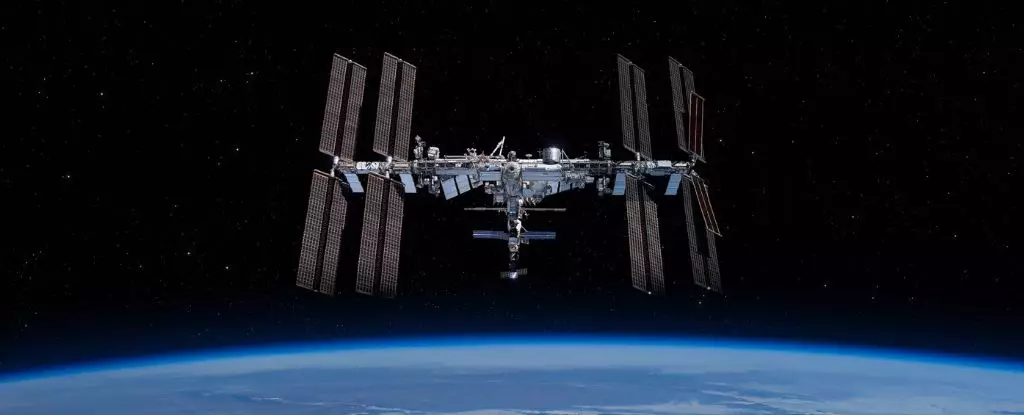When it comes to space exploration, the focus often lies predominantly on groundbreaking scientific research, advanced technologies, and human resilience. However, an unusual incident that recently occurred at the International Space Station (ISS) has highlighted an unexpected and often overlooked aspect of life in space: the management of odors. During a routine cargo delivery by the Russian Progress spacecraft, astronauts encountered an alarming smell that served as a stark reminder of the challenges of operating in a confined environment.
The Intriguing Cargo Arrival
On November 23, the Progress 90 resupply spacecraft made a successful docking with the ISS. This uncrewed vessel was stocked with crucial supplies including food, water, clothing, medical kits, and scientific equipment, which are vital for sustaining life aboard the ISS. However, upon opening the hatch of the Progress, astronauts were met with a strange odor and visible droplets suspended in the air. This unexpected development necessitated immediate action, leading to the closure of the hatch and the activation of air scrubbers to restore the environment’s quality.
Though the occurrence might initially appear innocuous—a mere inconvenience amidst the vastness of space—the implications of such odors can be quite serious. In a setting where air quality significantly affects crew health and mission success, a peculiar stench warrants thorough investigation. The alarm may seem exaggerated to those on Earth, but within the walls of the ISS, every aspect of the environment is magnified.
The Nature of Space Odors
Experiences aboard the ISS vary widely, with astronauts describing the overall scent of the station as a strange blend of burnt steak mingled with body odor. Even with pre-launch assessments ensuring materials meet stringent safety standards, once aboard, they may emit aromas that are completely different from what is expected. This phenomenon, known as outgassing, occurs when materials release trapped gases and vapors due to the unique conditions of space.
NASA officials have identified this outgassing as a likely culprit behind the recent odor detected from the Progress spacecraft. In essence, when materials are subjected to the vacuum of space and temperature variances, they can impart noxious scents—an unsettling thought when one considers that astronauts have a limited capacity for ventilation.
In addition to uncomfortable scents, outgassing carries potential risks for the crew’s health and the integrity of the ISS itself. If volatile compounds are released unchecked, they can corrode sensitive equipment, impairing the instruments crucial to ongoing scientific experiments. Incidents from the past, such as the Apollo 8 mission where outgassing from a silicon rubber seal complicated the use of observation windows, illustrate the lasting impact of such seemingly trivial occurrences.
Upon detection of the smell and droplets, Russian cosmonauts instinctively donned protective gear as a precautionary measure until the air quality was confirmed to be safe. This quick response underscores the realities and expertise required to manage unpredictable situations in space. The ISS maintains a robust system of air scrubbers and contaminant sensors, which proved effective in addressing the issue within a short time frame.
The prompt communication from the ISS regarding the lack of immediate threat to astronaut health played a key role in alleviating concerns both among the crew and to the public. By deploying technology and adhering to strict safety protocols, the situation was managed efficiently, allowing the crew to return to their regular operations.
The incident also invites reflection on the broader challenges faced by astronauts and the rigorous standards they and their equipment must meet. As space exploration advances, understanding environmental factors—like odors—becomes crucial not only for the constructors of space vehicles but also for scientific communities engaged in prolonged missions.
Flying into uncharted realms means grappling with unforeseen circumstances, including something as deceptively minor as a bad smell. As missions grow longer and more complex, ensuring environmental comfort and safety shall remain integral to the success and well-being of those venturing into the vast unknown. With every delivery to the ISS, whether it be food or scientific gear, the arsenal of knowledge collected continues to expand, encompassing not only technological advancements but also the peculiar nuances of life in space.

